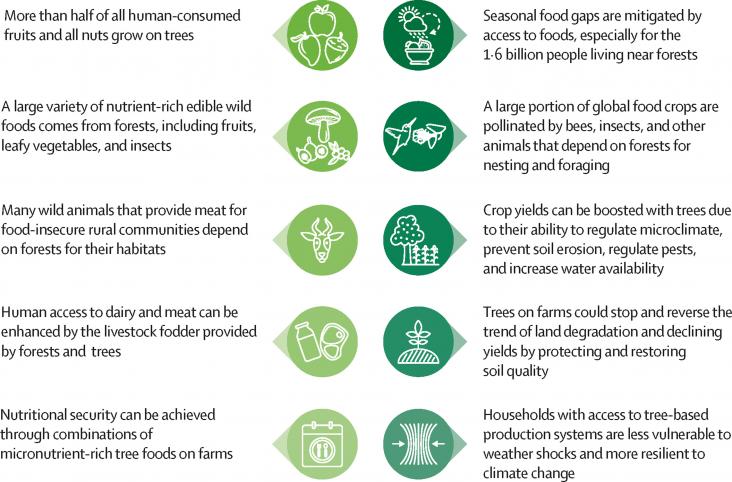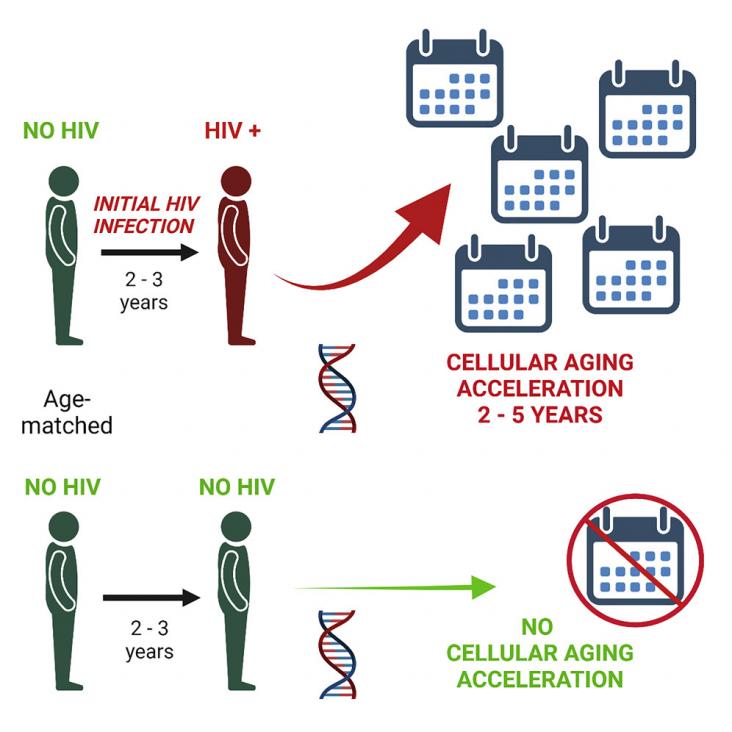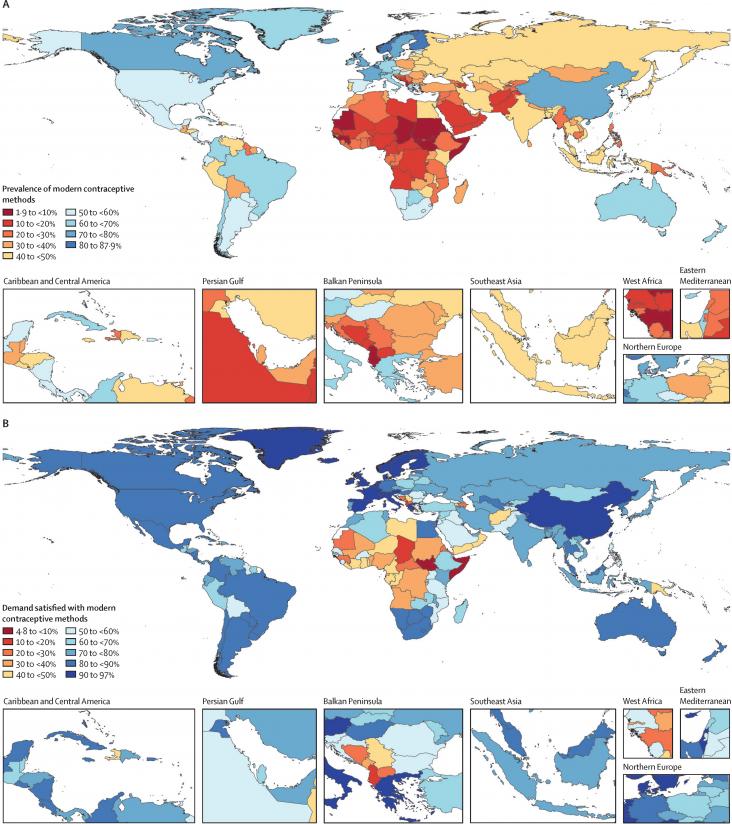A Personal View in support of SDGs 2 and 3, proposing recommendations for improving future trials in the field of nutrition and cognitive health, particularly in relation to dementia, and highlighting the need for testing of both personalised interventions and generalisable public health interventions.
A Health Policy paper in support of SDGs 2 and 3, calling on the World Health Assembly to pass a resolution for universal mandatory folic acid fortification to prevent the development of spina bifida and anencephaly and to help countries reach their 2030 Sustainable Development Goals on child mortality and health equity.
In a 2019 national survey, 3.1% (95% confidence interval, 2.6%-3.5%) of practicing US physicians self-reported a disability, as defined by the Americans with Disabilities Act.2 Although the prevalence of reported disabilities in physicians is less than the general population, physicians may choose to not disclose their disabilities, especially hidden disabilities.
An Article in support of SDG 3, examining the treatment pathway for hip replacements over the life of the patient in terms of risk of revision and re-revisions.
This Article supports SDGs 3 and 10, assessing the effect of housing modifications of disability outcomes, with a particular focus on the ageing population.

This Viewpoint supports SDGs 2 and 15 by highlighting the importance of trees and forests to food systems, and exploring how the value of trees and forests in this regard can be enhanced to improve nutritional and environmental sustainability.
This review examines the role of the autonomic nervous system in controlling cerebral blood flow (CBF) in dementia, highlighting that while cerebral autoregulation remains largely intact, the loss of neurovascular coupling may drive cognitive dysfunction, and exploring clinical and animal studies to identify potential biomarkers and therapeutic targets.
This Article supports SDG 3 by using a novel individual-based mathematical model to describe HIV transmission dynamics in heterosexual sex work networks in the Middle East and north Africa to estimate HIV incidence and the potential impact of interventions among female sex workers, clients, and client spouses.

This longitudinal study looks at the aging characteristics of those infected with HIV, and suggests a role for HIV in the earlier onset of clinical aging.

This Article supports SDG 3, 4, and 5 by highlighting that more than 160 million women aged 15-24 years globally have a need for contraception that is not currently met by existing family planning programs, thus hindering or eliminating their education and employment opportunities.
